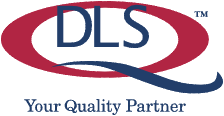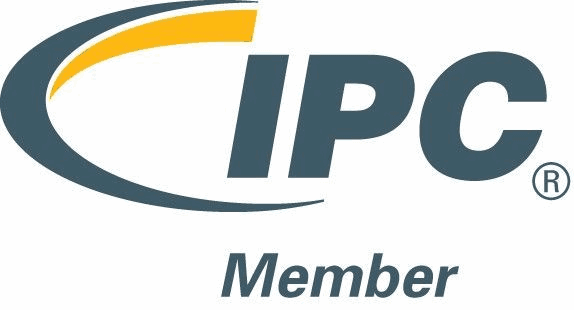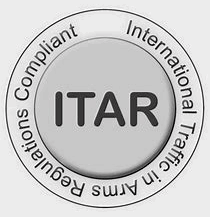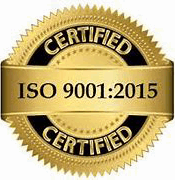As technology evolves, PCB components are shrinking, allowing for more computing power and advanced features. Unfortunately, this evolution has caused a glut of crowded boards that are increasingly difficult to clean.
As the PCBA cleaning processes work to manage this new challenge, there are several key areas to address:
- Calibrating cleanliness to comply with new technological advances requires special attention.
- Addressing residues from fluxes, pastes, and adhesives presents a seemingly simple task, but if not properly completed, it will cause additional problems for under-filling (especially for bottom-terminated devices). Further, the active ingredients in flux allow for a higher probability of corrosion and contamination.
- Meeting compliance standards, such as Mil Specs, can make or break a contract, and most standards spell out a preference for the physical removal of board contaminants (rather than chemical).
- Optimizing performance is critical for RF and microwave applications, where residue can significantly impede signal speeds and increase the signal-to-noise ratio.
Understanding the consequences of unclean PCBA’s, we can now begin to define and outline the specifics involved in cleaning. First, every board assembled with water-soluble flux should go through a deionized (DI) water wash, paying particular attention to water temperature, water pressure, flow, and conveyor speed.
When DI water fails to achieve the necessary level of surface cleaning, special chemistry (saponifiers) and batch-cleaning processes can be employed.
Saponifiers (aqueous cleaners) are specifically formulated to remove several types of flux residue, including resin, rosin, no-clean and water-soluble.
While slower than DI water processes, batch-cleaning techniques using saponifiers and different chemistries can be employed to further clean PCBs (depending on application and components).
Ultimately, manufacturers and users must establish and agree upon the final determinant for cleanliness but here are a few practical guidelines provided by the IPC:
- Clean boards should have no discernible residue, but flux residues from no clean fluxes may be acceptable.
- Clean boards should have no flux residues that inhibit electrical testing or visual inspection.
- Clean boards should have a dull appearance, not colored residues or a rusty appearance.
- Clean boards should have no conductive foreign objects.
- Clean boards should have no white residues containing chlorides that can cause corrosion.
For those providers seeking a more objective standard for cleanliness, there are several testing options:
- Past performance as quantified by service records, failure analysis, and field returns.
- Simulation testing results using outstanding temperature and humidity conditions.
- Solvent extract testing for quantifying all kinds of fluxes and all kinds of applications.
- Surface insulation resistance (SIR) testing to quantify acceptable residue levels.
Regardless of cleaning processes, standards, or testing, it is growing increasingly difficult to provide and prove quality across such a wide range of factors, especially when those factors seem to be growing faster than the capabilities to manage them.
Ultimately, there is no completely foolproof method for cleaning or determining cleanliness standards. At MPL, we employ a unique combination of engineering, sampling, and strict quality control based on years of experience and innovation to deliver the cleanest and most reliable PCBs on the market.




